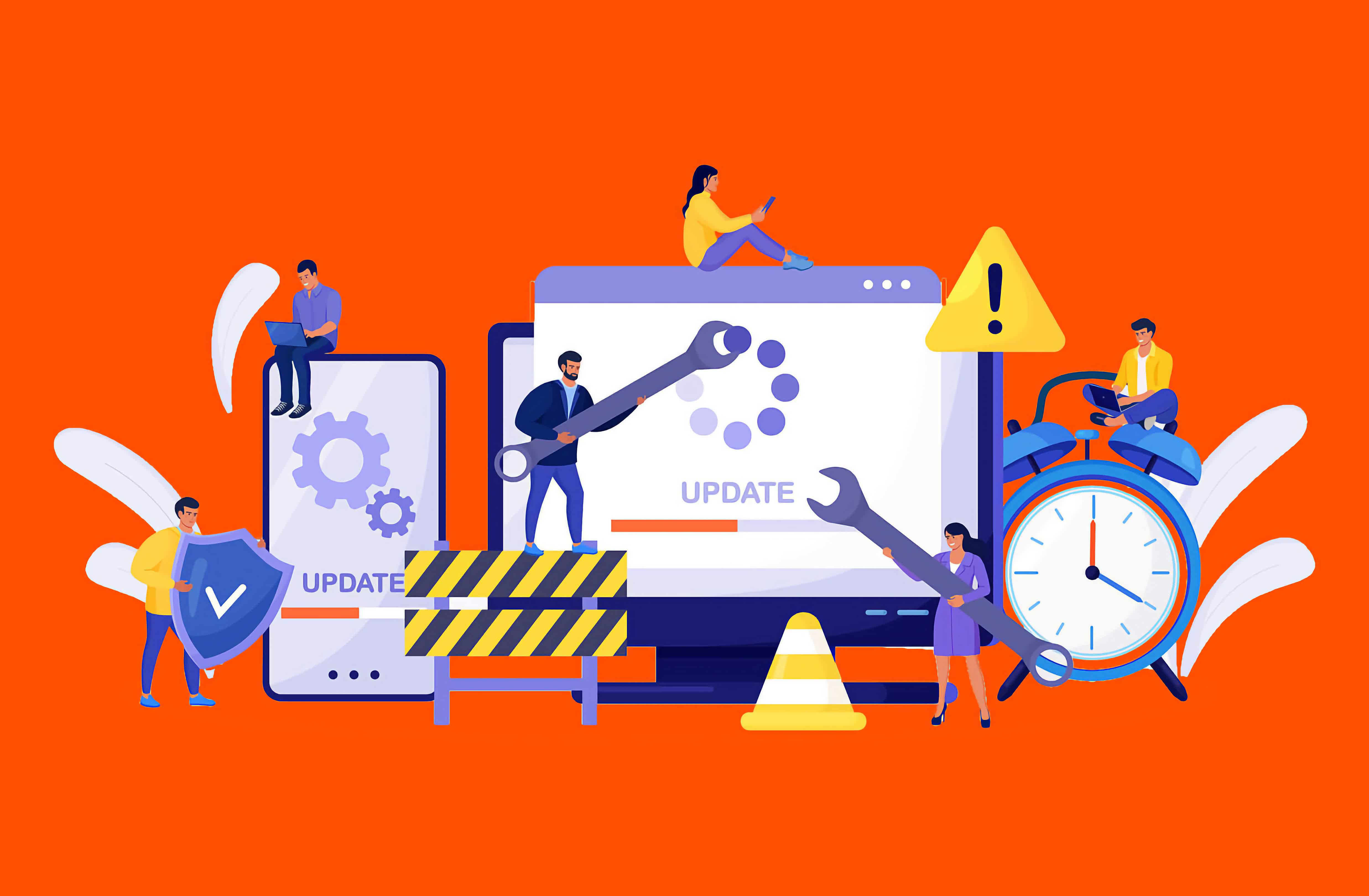Failover vs. Failback: Two Disaster Recovery Methods
A key distinction in the realm of disaster recovery is 关键字2the one between failover and failback. Both terms describe two sides of the same coin, complementary processes that are often brought together. However, their effects and purposes couldn't be more different. Both play critical roles in ensuring business continuity and disaster recovery, making it essential to understand what they are and how they differ. Failover is a business continuity operation that ensures continued access to a system by fully transitioning to another instance of that system. This secondary system is designed to be resilient, ideally unaffected by the event that compromised the primary system. Put simply, failover occurs when connectivity is switched from one system instance to another. This can happen in various ways, including: Editor's Note: The critical point about failover is that it involves a complete migration of logical or physical access from the primary system, server, or hosting location to a secondary one. While other processes, such as load balancing, may distribute partial connectivity between system instances or components, they do not qualify as failover because they do not represent a full cutover. Failback is the quintessential disaster recovery operation. It involves a full migration back to the production status quo – a recovery if you will – at the validated conclusion of a disaster. Failback occurs when a system reverts back to the primary environment after the root cause of a disruption has been addressed. In practice, this looks like a failover, but in reverse. Once the primary system is restored, access is pointed to that system, and the standby is deactivated. This reversion is a critical distinction. Some organizations may have complete standby systems for critical applications, which permit full operations on the standby system. In that case, the standby can rightfully be considered the primary and the repaired former primary the new standby. Failover is critical in a business continuity event because it keeps operations running. By having a system to which your business can transition when a primary system is unavailable, you're able to continue doing business. People can work, revenue streams are preserved, and customers can be served. Without failover, these functions could grind to a halt, leading to significant disruption. Many organizations depend on technology for critical processes, and when those processes are unavailable, analog alternatives may be insufficient or entirely obsolete. Failover ensures that even in a disaster, the business keeps moving. Failback comes into play once the need for failover ends. As the disaster is resolved, failback allows the organization to return to normal operations. Typically, failback is necessary when the standby system cannot sustain operations as effectively as the primary system. For instance, a standby system may not be a full replica of the primary system and might be designed only for temporary use during an emergency. For mission-critical systems, some organizations may build a standby system that is a full replica of the primary. While costly, this approach mitigates the risks of diminished functionality during disasters. In an ideal world, every business would maintain two fully operational environments: a primary environment and an identical standby environment. This setup would allow for seamless transitions during disasters, ensuring that business operations are completely unaffected. However, that model can effectively double an IT budget: two sets of endpoints, two sets of servers, two sets of cloud environments, two sets of data, staff to support that both in IT and business operations, etc. It's costly and inefficient for any company, to the point where no company truly maintains that support model. Instead, most organizations opt for a failover and failback model because it balances cost and efficiency. With this approach, the standby environment is designed to sustain critical operations during a disaster, even if it's not as robust as the primary system. This makes it more economical, less work is duplicated, and the risk of data loss or impact is lower. It's crucial to maintain a well-designed secondary environment. Cutting costs too deeply on a standby system can result in inefficiencies or financial losses if critical operations are disrupted. Striking the right balance between cost and functionality is key. If uninterrupted business operations are essential, then a strategic failover and failback plan is not optional – it's a necessity.What is Failover?

This guest blog post was written by the staff at Pure Storage, an US-based publicly traded tech company dedicated to enterprise all-flash data storage solutions. Pure Storage keeps a very active blog, this is one of their "Purely Educational" posts that we are reprinting here with their permission.What is Failback?

The Role of Failover and Failback in Disaster Recovery

The Benefits of Leveraging Both Failover and Failback

- 最近发表
-
- The Real Nvidia GPU Lineup: GeForce RTX 5060 is Actually a Mediocre 5050
- 2021年京津冀马术公开赛(天津博润思站)圆满完赛
- 外媒曝比伯破产 欠款高达2400万美元
- 2021年京津冀马术公开赛(天津博润思站)圆满完赛
- Aaron Rodgers girlfriend revealed: NFL star tells all on 'Brittani'
- 郑钦文仰望!世界第一2
- 中国女排17岁首发打满五局 “天才少女”望成为世界级球星
- 10+ Tools for Finding and Deleting Duplicate Files on Windows
- 北京丽水城市围棋交流赛开幕 棋友赋词致敬柯洁
- 园区搭台打通校企合作“最后一公里” 毕业生就业、企业发展双向奔赴
- 随机阅读
-
- 2025央视推荐的30本好书 国内外必读经典名著
- 玩战士必须要懂得取舍
- 以色列高级官员据悉被转移至安全地点
- 浙江四分法垃圾分类11月实施分类桶厂家再迎良机
- H.E.R.O.全地图怎么过
- 回顾传奇跨服PK最值得纪念意义的一次
- 园区搭台打通校企合作“最后一公里” 毕业生就业、企业发展双向奔赴
- 权志龙否认与李珠妍恋爱 两人之前曾被D社拍到
- 玩游戏需留意帐号平安
- 移动支付金额不断提升 这三行业人均月可支配收入居前三
- 时代的眼泪?Xbox放弃销售实体光盘引争议
- 注意!明日广东部分地区有大到暴雨和雷暴,这些路段受影响→
- The One Thing Next
- 不老女神回归!河智苑近照曝光 48岁身材肤况逆天
- 中国女排18人大名单出炉!李盈莹因伤缺阵
- Anarchy Reigns in Call of Duty: Mobile Season 5 — Get Wrecked!
- โฆษก กต.แถลงความคืบหน้าประชุม JBC ชี้สองฝ่ายมีท่าทีเปิดกว้าง
- Barca edge Real Madrid in thriller
- 奶茶“第一股”香飘飘“搞餐饮” 拟设公司经营小吃
- 《信你个鬼》PC版下载 Steam正版分流下载
- 搜索
-
- 友情链接
-